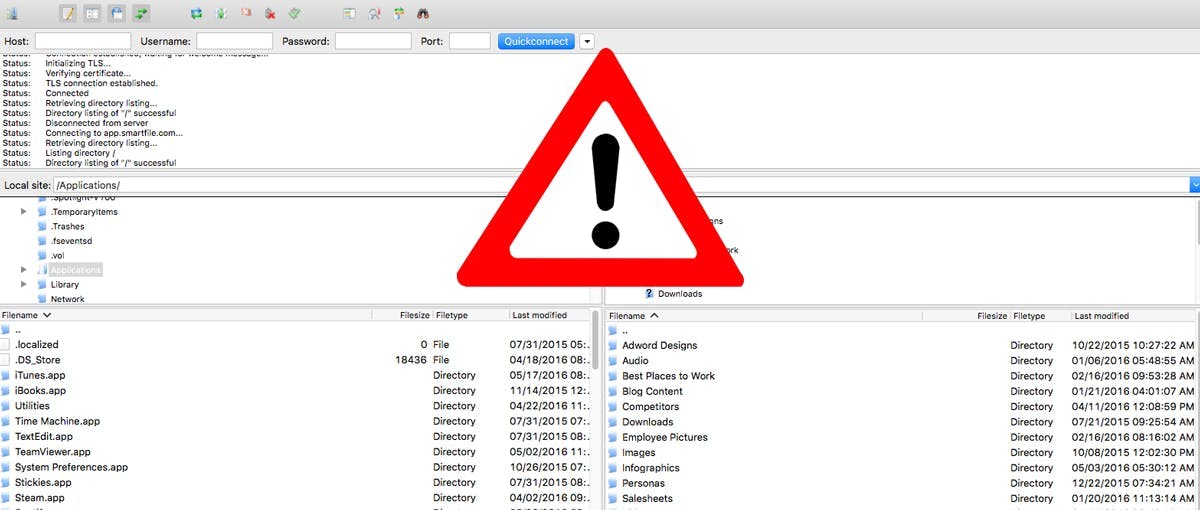FTP server response codes are helpful for system administrators in charge of their company’s FTP server. Oftentimes, users might see these response codes listed in their favorite FTP client, such as FileZilla.
When troubleshooting a file transfer problem, it’s often helpful to identify the FTP response code that is being thrown around. It’s also important to ask what time of connection they’re using (ie FTP, SFTP or FTPS).
This guide will help you understand each element of the FTP server response code so you can get a better feel of what’s happening. It will also give you a full listing of each error code.
Shortcuts
FTP Server Response Codes: The First Digit
The first digit in the FTP server code lets you know whether or not the that step was successful. They also tell you what you should expect next. For instance, a 100 level code tells you that the process has started and to expect another code shortly.
FTP Response Codes: The Second Digit
The second digit in the FTP server code lets you know what group or category the request belongs too. For instance, it tells you if it’s regarding connections or if it’s regarding authentication.
FTP Server Codes: The Third Digit
FTP Server Codes: List of Error Codes
Here is a full list of known FTP server error codes:
Looking for an FTP Alternative? Get Our Full Guide!
Sources: SmartFile’s I.T. Personnel, Wikipedia
